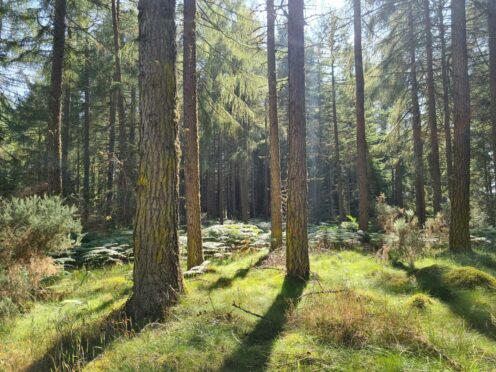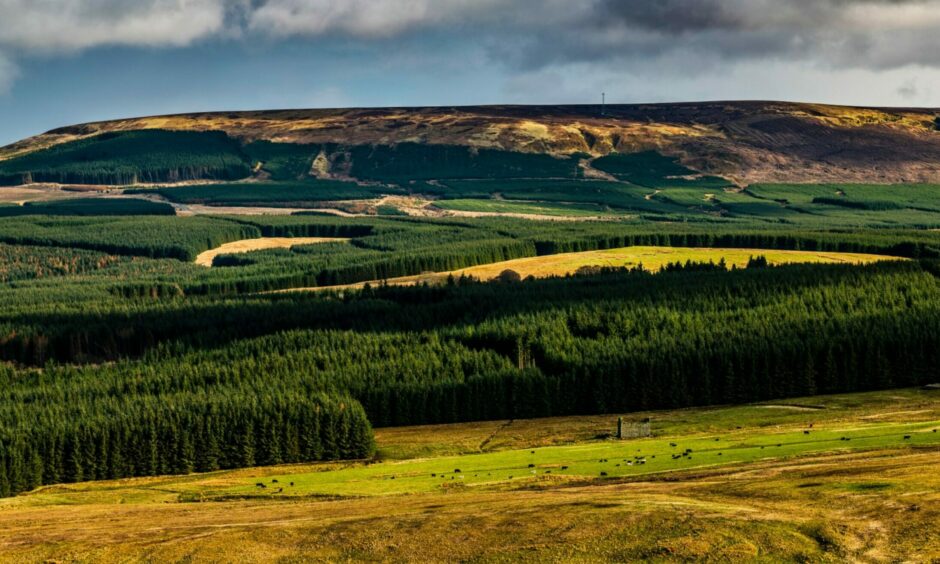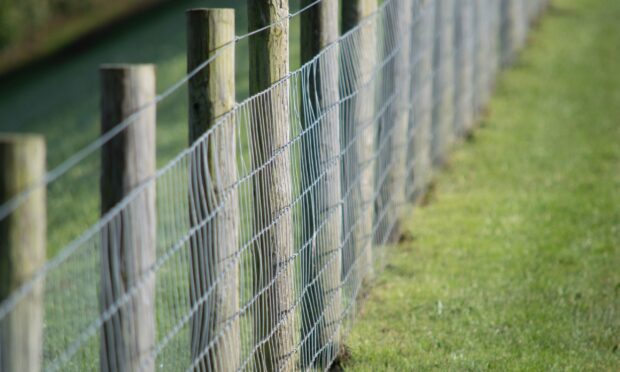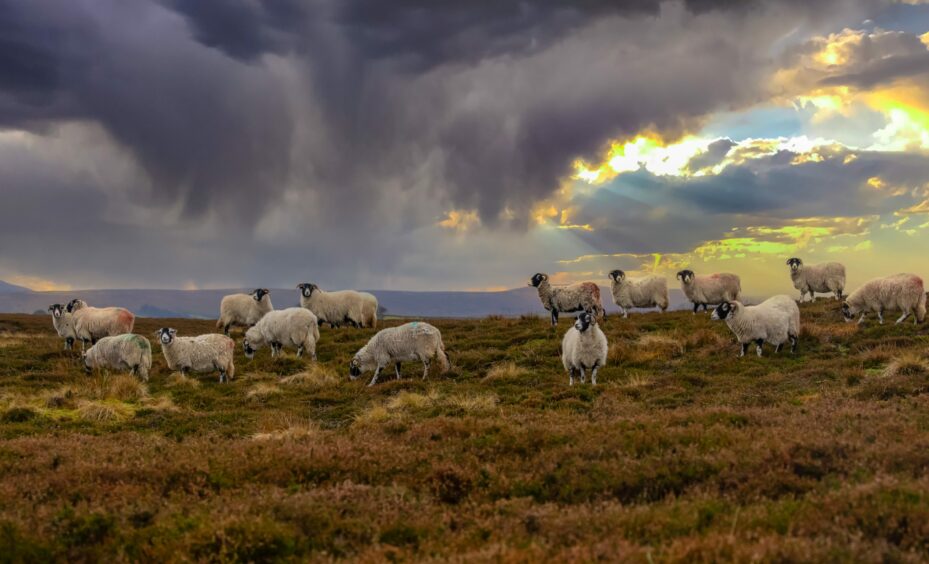COP26 in Glasgow highlighted how much our global climate is changing – with historic high temperatures, wildfires and flooding in many regions of the world.
It also highlighted the need to significantly – and quickly – reduce the amount of carbon dioxide (CO2) entering the atmosphere and to reduce levels of CO2 already in the atmosphere, through carbon capture.
One of the most cost-effective ways of removing and storing CO2 is by planting timber-producing forests – at a time when global demand for wood is rising rapidly.
As the biggest emitters of carbon, and the biggest users of wood products, developed nations have a responsibility to reduce the impacts of climate change.
This must include expanding their productive forest areas, and therefore increasing domestic wood production.
This would reduce the need for imports, indirectly reducing damage and loss of the world’s natural forests.
Scotland is doing well, but needs to do much better.
Despite the importance of productive forests to the Scottish economy and environment, future expansion has regularly been criticised, primarily over the use of fast-growing conifers and focus on timber production.
Criticism from environmental organisations is hard to understand when expanding productive forests is crucial in tackling climate change and protecting natural forests.
One might expect environmental organisations to understand why Scotland and the UK must reduce its ‘forest footprint’ and not simply export it overseas.
Scotland has approximately 1.5 million hectares of productive and non-productive forest representing 19% of its total land area.
While current annual production in Scotland is around 6.3 million cubic metres, Scotland remains an importer of wood products and the UK is the world’s second biggest importer of wood products importing 81% of its requirements at a cost of £8.3 billion.
A significant proportion of imported wood comes from Scandinavia and Central Europe, but many European countries are lowering production – raising concerns over where future imports will come from as global demand grows. One estimate suggests demand will triple by 2050.
Expansion of large productive forests is simply not keeping pace with global timber demand, with the shortfall increasingly taken from those natural and semi-natural forests already under severe pressure from human activity.
Planting more productive forests is the best way to address this – for both climate change and for land use.
One third of the world’s industrial timber comes from productive forests, yet they comprise only 3% of the total global forest area.
Unlike environmental forests where there is little or no expectation of timber production, a significant part of the climate change benefit of productive forests involves locking up carbon in the wood which is harvested from those forests.
This creates many products we take for granted, including timber frames for homes, fencing, flooring, decking, paper and packaging, and much more.
Combining superior growth and use of wood, productive forests support up to 269% more greenhouse gas mitigation than planted broadleaf conservation forests.
Productive forests are also more cost-effective in removing atmospheric carbon than ‘technological’ approaches.
Planting and managing productive forests as ‘carbon sinks’ has been estimated at between £3 or £4.50 per tonne of CO2 ‘soaked up’. Carbon capture and storage technology is estimated to cost at least £50 per tonne of CO2 removed.
Where to plant productive forests is a challenge in Scotland with competing land use interests.
Around 85% of agricultural land is designated as Less Favoured Area.
Upland hill farming remains an important activity on such land, but studies show that subsidising hill sheep farming for survival requires a direct payment subsidy of around 60% of output.
Productive forestry on the same land requires a grant contribution of around 3% of output.
Studies suggest that around 1.3 million hectares (16% of the non-forested land in Scotland) of mainly lower quality agricultural land may be potentially suitable for forestry, while a further 2.2 million hectares (28% of non-forested land) may be potentially suitable with minimal impact on food production.
The Scottish Government has committed to expand the forest area from 15,000 to 18,000 hectares of new tree planting each year by 2025, with the aim of increasing forest cover to 21% of land area by 2032.
The alarming impact of climate change suggests a more ambitious annual target of productive forest is needed, with the aim of getting closer to the European average of more than 35% of forest cover.
Productive forests and environmental tree planting are both important.
The latter should be focused on habitat protection, restoration and expansion in native pine areas, Atlantic oakwoods, bogs and wetland, sites of special scientific interest and national nature reserves.
This is not an either-or choice; productive and environmental forestry can happen side-by-side.
The creation of new forests should include a ‘carbon capture index’ to indicate their potential to reduce the impacts of climate change – and the UK and devolved governments must ensure there are simple processes and sufficient incentives to allow productive tree planting to happen at a large scale.
The climate emergency demands it.
● Dr Andrew Cameron is a senior lecturer, Institute of Biological and Environmental Sciences, University of Aberdeen. This column is based on his recent paper on productive forests and climate change.



